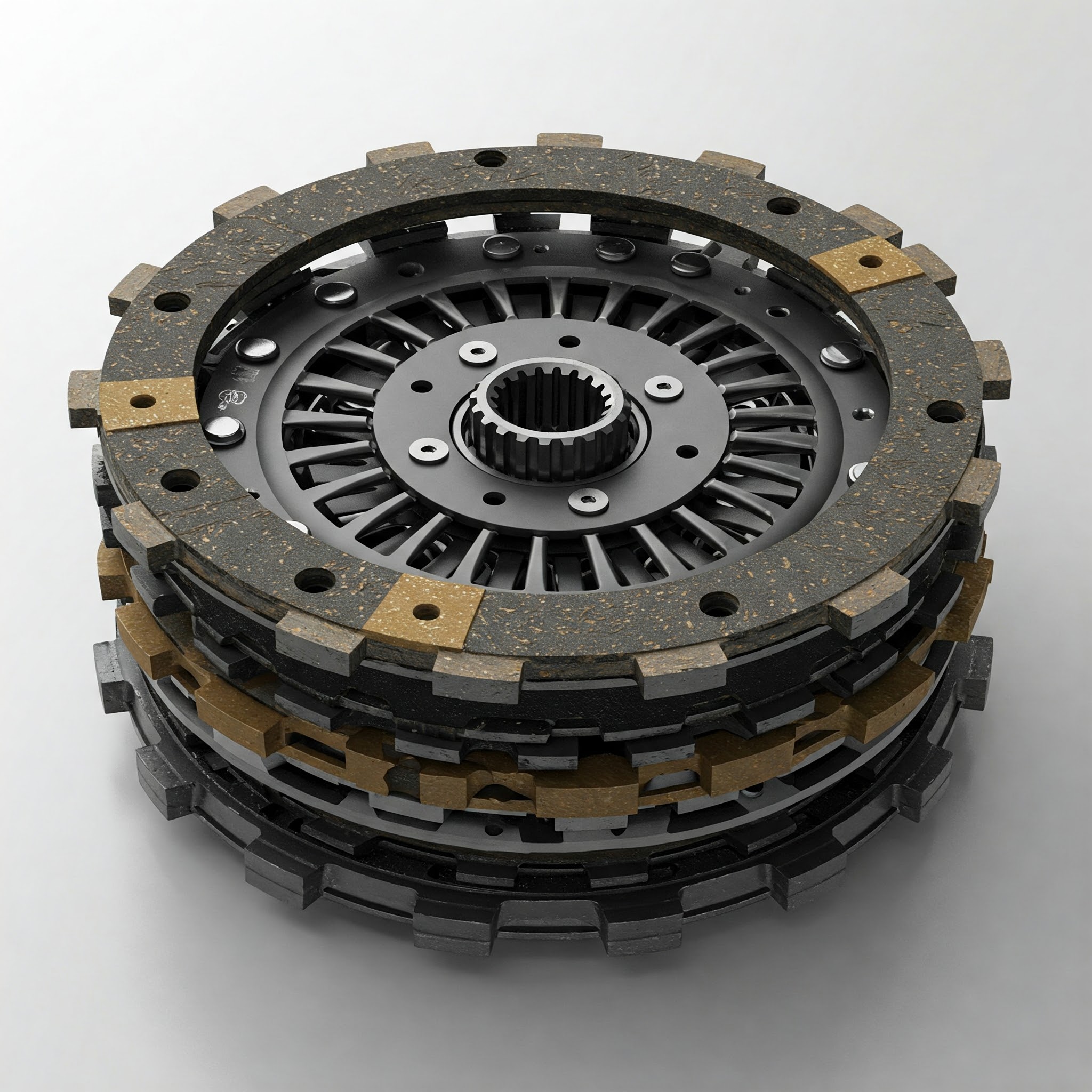An electric motor powers an electric vehicle (EV) instead of an internal combustion engine, which burns a mixture of fuel and gases to produce power. As a result, this kind of car is seen to be a potential substitute for the modern automobile in order to solve issues such as increasing pollution, global warming, the depletion of natural resources, etc. Even though the idea of electric cars is not new, it has garnered a lot of attention in the last ten years due to the growing environmental effects of fuel-powered vehicles and their increased carbon footprint.

Future of Electric Vehicles in India
India is in the top five countries in the world for both private and commercial automobiles, making it one of the biggest markets for two- and three-wheeled vehicles worldwide.
A remarkable 455,733 electric vehicle units were sold in FY2022, according to JMK Research. According to the Ministry of Road Transport and Highways of India, as of July 2022, 1,334,385 electric cars were operating throughout the country. With the federal, state, and commercial sectors aggressively advocating for further electrification of Indian roadways, these figures are sure to rise.
Need for EVs in India
Following are some reasons that highlight the need for EVs in India:
India boasts six of the world's ten most polluted cities. Fossil fuels are the leading cause of this rise in pollution. In India, almost all forms of transportation—including trains in some regions and two- and four-wheelers—run on fossil fuels. India's Reliance on Imports of Crude Oil: The country imports 86% of its crude oil, meaning that just 14% of its energy needs are fulfilled domestically. However, the requirement for US dollars for these imports also results in the reduction of the Indian foreign exchange reserve.
Heat emissions, the Paris Climate Agreement, global climate change, and the impact of cutting-edge artificial technology on self-driving cars. Unquestionably, e-vehicles will bring about the next revolution in mobility.
Challenges in Shifting to EVs in India
Following are some challenges faced while using an EV in India:
- Inadequate infrastructure for EV charging
- Increased Price
- Absence of Technology
- Import of materials & components for EVs
- Absence of Skilled Personnel
- Potential Upheaval in the Auto Industry
Steps taken for the transmission of EVs in India
Following are some essential measures taken to increase the usage of EVs in India:
2013 National Electric Mobility Mission Plan
The government has declared its intention to begin operations in India and has already started the process. Electric scooter production has already begun in large numbers in India. The Indian states of Madhya Pradesh, Gujarat, and Uttar Pradesh are leading the way in e-vehicle research and development. India will benefit from this research project by becoming less reliant on Chinese lithium-ion batteries.
FAME INDIA
The Faster Adoption and Manufacturing of Hybrid and Electric Vehicles initiative was initiated in India in 2015. Its second stage has already begun. Due to this, the government is concentrating on four main EV-related issues: demand creation, technology development, charging infrastructure, and pilot projects.
The National Mission for Battery Storage and Transformative Mobility
In order to lessen reliance on China, a nationalised mission centred on battery technology research and development was launched in 2019. By doing this, the government is also encouraging international companies, like Tesla, to investigate the Indian market.
Conclusion
Electric cars have a bright and promising future! Manufacturing companies are working harder to switch from producing conventional cars to electric cars. Possessing an electric vehicle with the right kind of infrastructure and functioning has several benefits.
- Motor Insurance: Motor insurance is a special kind of insurance designed to shield car owners from any monetary losses that can result from theft or damage to their vehicles. Motor insurance coverage may be obtained for any type of vehicle, be it a private automobile, a business vehicle, or a two-wheeler.
For your protection and the safety of others, the government has mandated motor insurance. Furthermore, the annual premium you pay pales in comparison to the benefits it bestows upon you in the unlikely event of an accident.
Types of Motor Insurance
The following are the primarily two types of motor insurance:
Comprehensive auto insurance: Under a comprehensive auto insurance policy, the policyholder is covered by both third-party and owner-driver protection.
Third-party motor insurance: Coverage for third parties solely provides protection to third parties. Neither the policyholder nor the owner of the car is covered or provided with protection by it. In the event that an accident occurs involving the insured or his car, the insurance provider will not offer any protection.
Importance of Motor Insurance
The following are some of the main justifications for purchasing auto insurance:
Automobile Insurance Lowers Liability
- Third-party automobile insurance automatically protects vehicle owners against accidents caused by policyholders, as it is obligatory in India.
Insurance for Motor Vehicles Covers Damages
- The payment of damages is another advantage of having auto insurance, as unintentional damage may be costly, mainly if it was caused by someone else.
Covers the expense of hospital stays
- If you have physical severe wounds or fractures, you could need medical care. Having auto insurance shields you from astronomical medical bills.
Protects against both man-made and natural disasters
- A car insurance policy also offers financial security against many natural disasters, including hurricanes, cyclones, typhoons, floods, and hailstorms.
Defence against theft and vandalism
- Moreover, a car insurance policy can shield you against theft, burglary, vandalism, and other crimes.
Recommended Link: Advantages of Electric Vehicle





